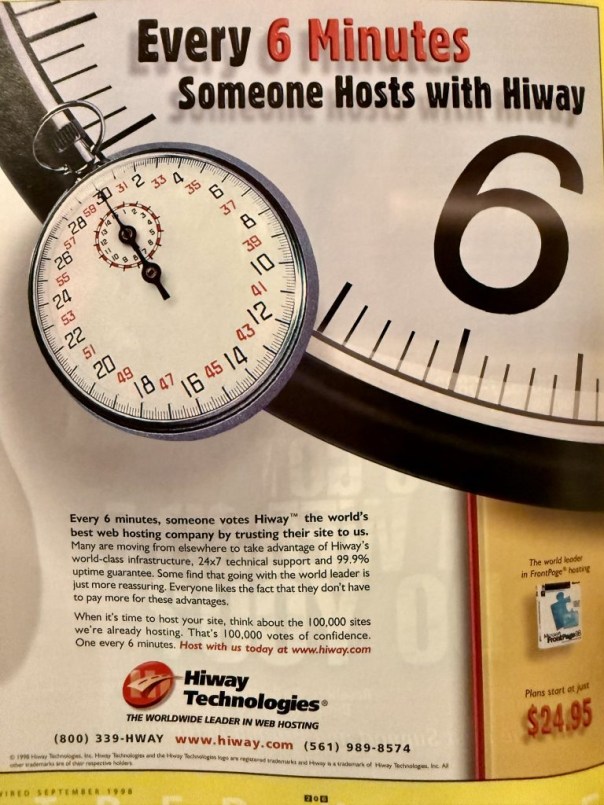When WordPress started in 2003, I never dreamed it would power over 40% of websites, nine times the number two CMS, but I wrote on a notecard a list of five publications I admired and respected so much I wanted them to run on WP someday. In the interest of sharing your dreams to help them come true, here they are:
And one bonus: Houston Chronicle. (Gotta root for the hometown.)
There has been uneven progress toward this over the years; we’ve gotten some of the NYT and all of the New Yorker at one point, only to have them revert under new CTOs. Also, there have been some unexpected huge wins, like when Vox Media retired its proprietary CMS Chorus and brought over amazing publications like The Verge and New York Magazine. For any projects related to these publications, including trials or micro-sites, I’d be happy to provide my feedback on architecture, design, and opportunities, and contribute Automattic and VIP resources wherever they could be helpful.
I believe the most crucial aspect to get right for these customers is real-time co-editing, which is on the Gutenberg roadmap and shipping soon. If I were writing this list today I might choose some different targets.







